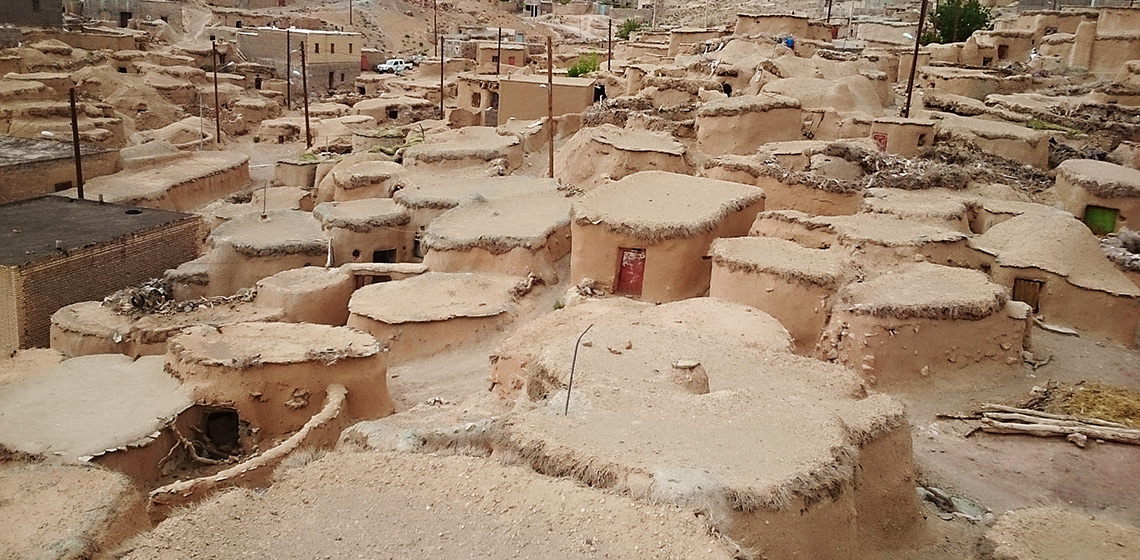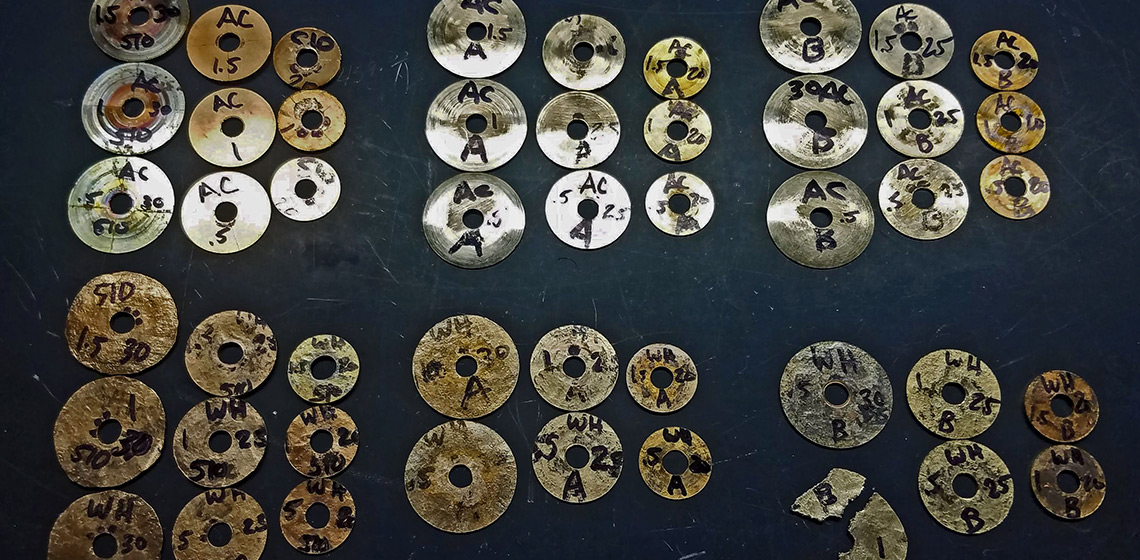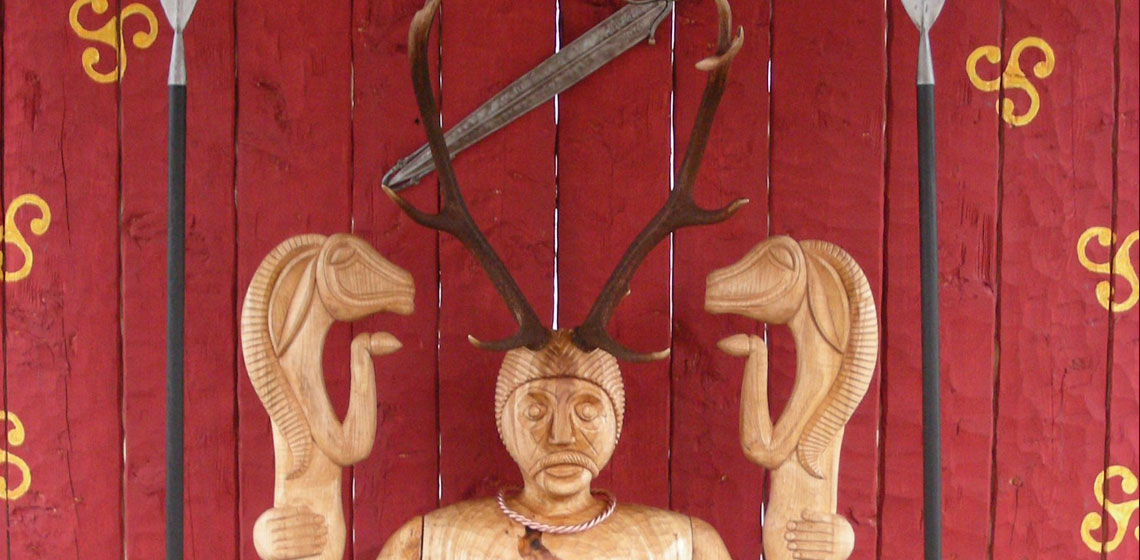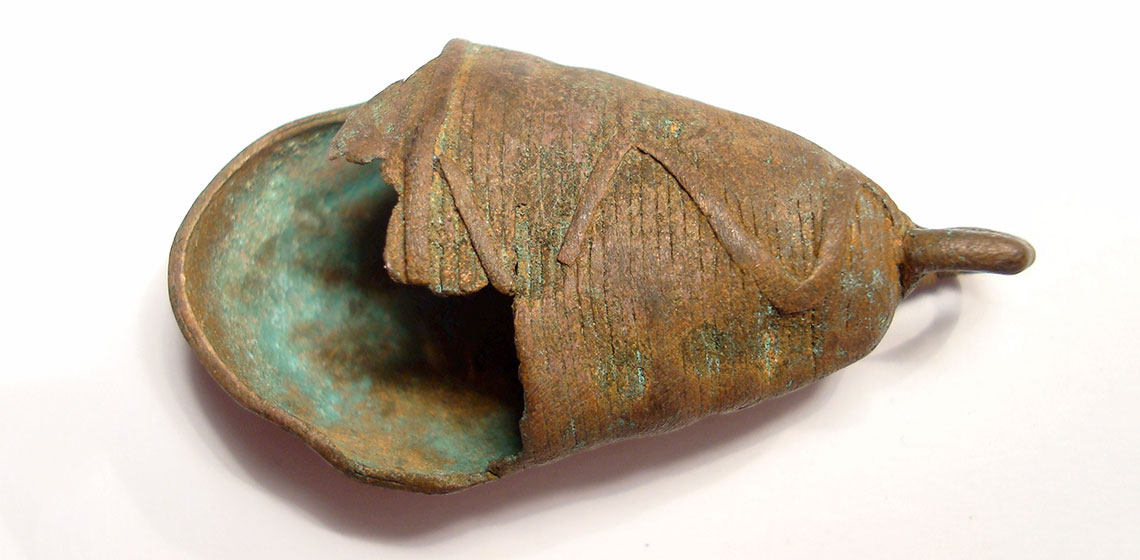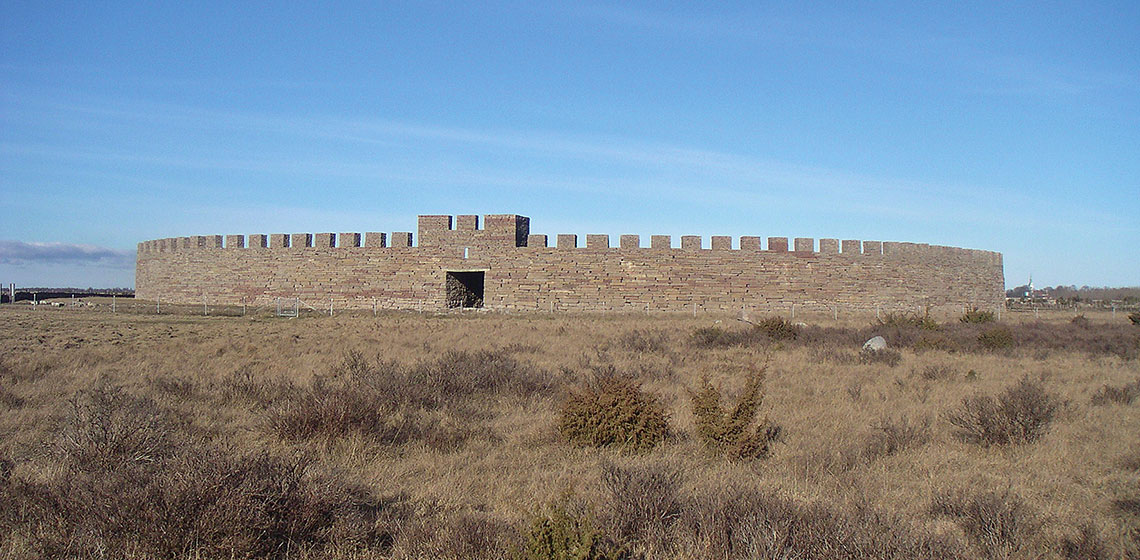religion
An Ethnoarchaeological Discussion of the Impact of Religion on Architecture in a Remote Iranian Village
An Experimental Approach to Ancient Egyptian Metalworking: The Mysteries of the Sesheshet
Roseldorf Rekonstruiert
This review concerns the article "Roseldorf rekonstruiert – Ein keltischen Heiligtums entsteht in Asparn an der Zaya" published in EuroREA 6/2009.
Left - a photo of the idol of Cernunnos placed inside the temple... But does he recognise his surroundings?
Anatomy of Prehispanic Bells - Study of an Ancient Lost Process
The elaboration of bells in the Prehispanic Era was of great importance due to the special meaning attributed to them in religious ceremonies. Today, knowledge of the techniques that were used in their fabrication is scant and lacking in detail. For that reason, the objective of the present study was to carry out a morphological study of bells from western Mexico...
To Reconstruct a Sacrificial Site
The site
Eketorp fort on southern Öland is a prehistoric ring fort excavated between 1964 and 1974. The excavations showed that the first fort on this location was built in the fourth century AD (Eketorp I). About one hundred years later, it was torn down and then re-built on the same spot. The new fifth-century ring fort (Eketorp II) served as a fortified farmers’ settlement for about 250 years until it was abandoned in the late seventh century (Borg, Näsman, & Wegraeus 1976).

